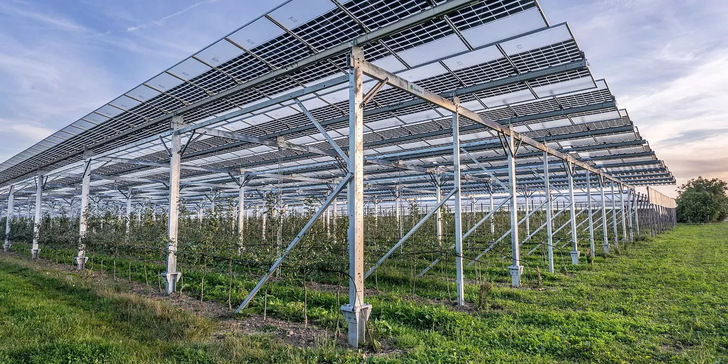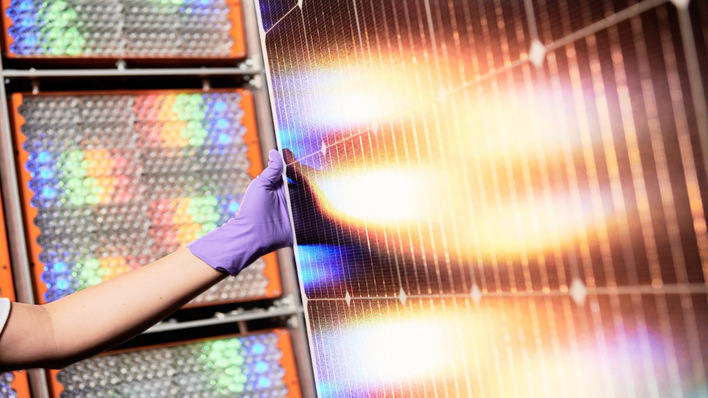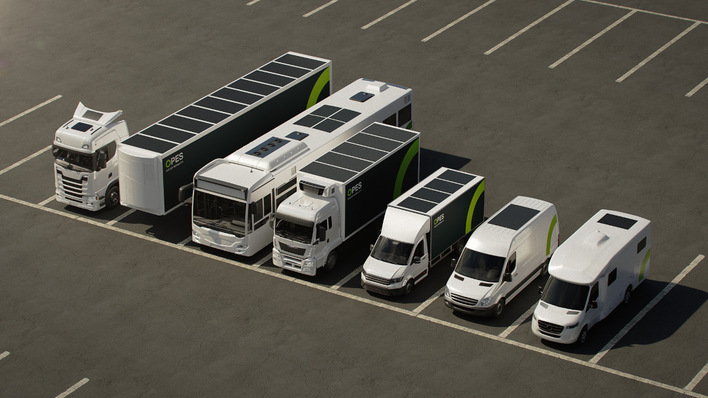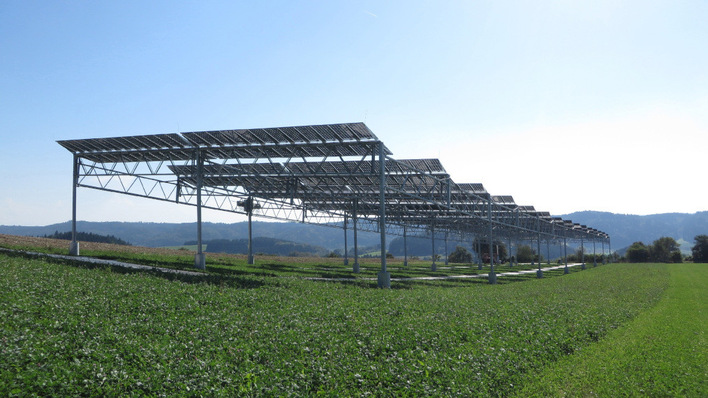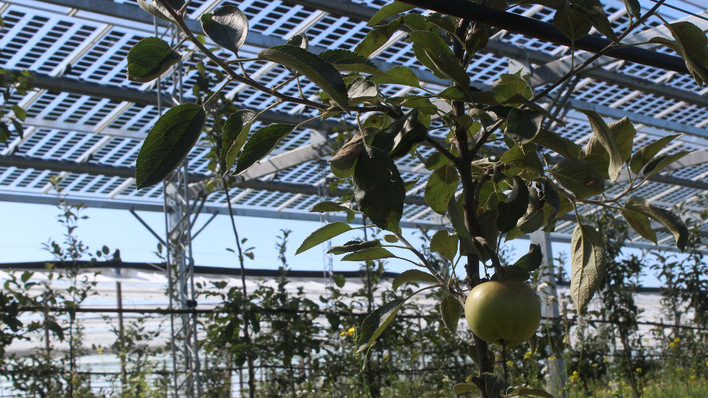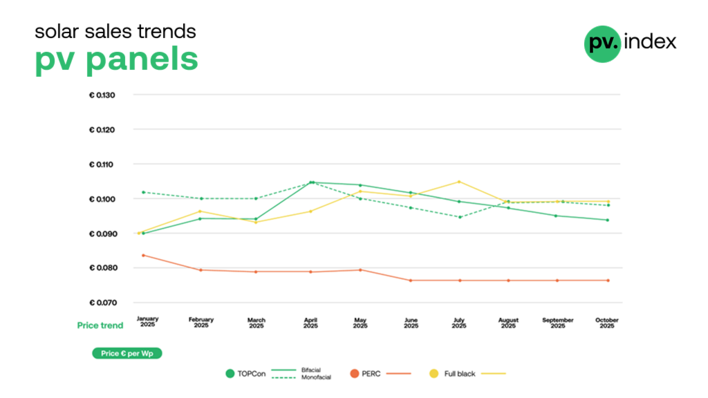Since this year, for the first time, agri-PV systems in Germany have also been subsidized through innovation tenders for so-called special solar systems under the Renewable Energy Sources Act (EEG). Twelve Agri-Photovoltaic projects with a capacity of 22 megawatts were awarded a contract and thus a market premium in the tender round in May 2022. In the new EEG 2023, the promotion of agri-PV through tenders will now be continued or permanently established.
In principle, this is welcomed by the industry as an important step. However, there is also criticism. BayWa r.e., for example, decided against the participation of Agri-PV plants in the innovation tenders "due to the complex legal conditions", as Fabian Neu, Project Developer Germany, reports. He points out that Agri-PV plants are more capital-intensive than ground-mounted solar plants due to their special requirements as well as more complex technology.
Especially high-mounted systems have difficulties
The inclusion of Agri-PV in the new EEG leads to a significant increase of the area potential in Germany, which is positive. However, Neu says that it will be rather difficult in the near future for the highly elevated plants (for example, in fruit and wine growing) due to the material price increases, even with the additional premium for horizontal plants within the framework of commercial projects.
The bonus for agri-PV under the tenders is clearly set too low here, he adds. "With the new EEG 2023, we see the focus in the near future for larger solar projects primarily on ground-mounted Agri-PV systems for arable crops and permanent grassland," Neu says.
Building law as a strong brakeman
Antonia Kallina of the Kehl Institute for Applied Research (KIAF) points to the hurdles for Agri-PV under building law. KIAF is currently involved in three research projects on Agri-PV and is working closely with Fraunhofer ISE in Freiburg.
Did you miss that? Research project to accelerate the market introduction of agri-PV
In any case, the lawyer does not see the innovation tenders as a "gamechanger" for Agri-PV. "Up to now, Agri-PV plants have had to comply with the requirements of the EEG as part of the innovation tenders, specifically the subsidy law requirements of Section 37 of the EEG, which refer to the requirements of building planning law. These restrictions will likely mean that there will be no sustained push through the innovation tenders," says Kallina.
Loan financing of projects also more difficult
Credit financing of Agri-PV projects is also made more difficult by the lack of privileges for Agri-PV plants in outdoor areas under the Building Code (BauGB), he said. This leads to the fact that mostly only temporary approvals for Agri-PV plants are granted.
This means that there is a lack of planning security for both the banks and the project developers. The only exception is if the local municipality has drawn up a project-related development plan for the construction of the Agri-PV plant. However, this is time-consuming and cost-intensive, according to Kallina.
Therefore now the voices increase, which demand a legal privileging of solar plants in the external area. Recently, for example, the district administrator of Lüchow-Dannenberg (Lower Saxony), Dagmar Schulz (non-party), pleaded for this in order to bring forward planned projects more quickly.
Selected suppliers Agri-PV
BayWaRe
BayWa r.e. offers the option of purchasing individual components for Agri-PV systems, such as semi-transparent special modules, through the company's solar wholesale business. The planning and technical conceptual design as well as the construction of the Agri-PV system are then carried out by the farmer via a local installer. BayWa r.e. offers an "all-round carefree package" from the approval planning for the area and the grid connection to the construction planning to the construction of the Agri-PV system and the subsequent operational management as project developer or operator. However, in addition to the possible lease income for the farmer, there is an opportunity for investment participation. For the development of an Agri-PV plant within the framework of a project company, suitable areas of 10 hectares or more are being sought.
Zimmermann PV-Steel Group
The Zimmermann PV-Steel Group (Baden-Württemberg) develops, produces and sells substructures for larger Agri-PV systems with modules in horizontal elevation in various designs. Areas of application are fruit, berry, vegetable and arable farming.
A tracker system is also offered that places the solar modules in a vertical position for harvesting and tillage in order to use the maximum working width between the rows. In normal operation, the system tracks from east to west, thus also yielding up to 20% more energy than fixed systems.
Next2Sun
The Saarland-based company Next2Sun offers vertically mounted agri-PV systems with bifacial solar modules as a complete system - with trackers if desired - including inverters. Application areas are mainly permanent grassland and arable farming, whereby the Agri-PV systems can also be used as solar fences for property demarcation. The portfolio ranges from land leases for Agri-PV systems and their turnkey implementation to the sale of components and technical services for project developers and the installers of systems.
Other suppliers include AgroSolar Europe, Tube Solar, REM Tech, SunAgri, MKG Göbel. (hcn)
Also interesting; Viennese researchers have compiled facts about agriphotovoltaics


